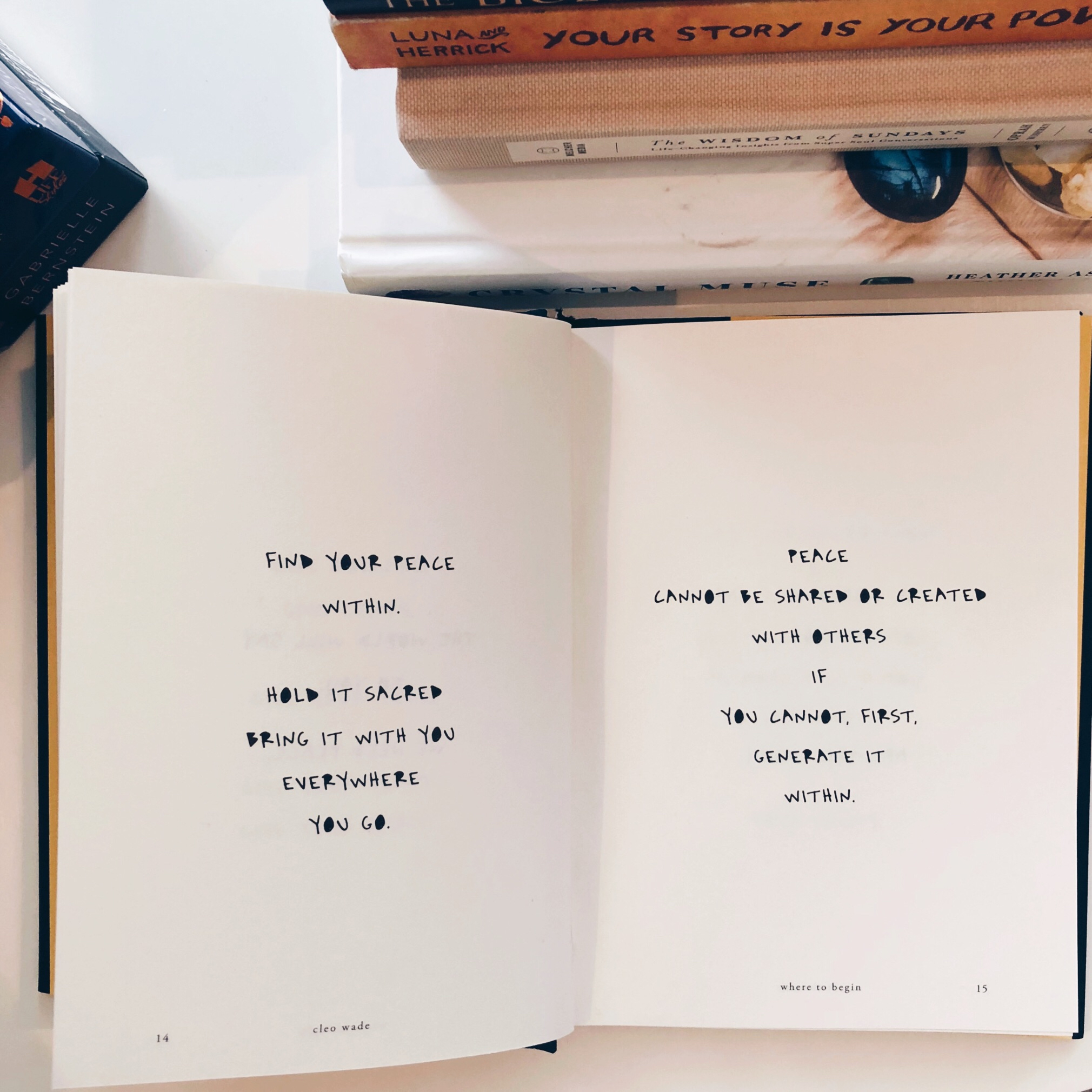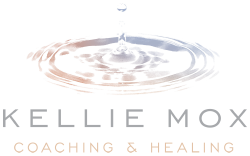Fear. Worry. Anxiety. I know them all intimately. I have years of experience healing through anxiety. And as a mom I now hold my kiddo’s hands as they walk through their own flavors of anxiety.
Anxiety is high in our collective consciousness. Even though I’m not feeling overwhelmed by it myself, I can still sense physiological changes in my body. The concern I feel for the vulnerable among us weighs on my heart. I also feel a bit confused and disoriented as we orient to a new, albeit temporary, normal (I’m suddenly trying on the homeschooling that I’ve wondered about). Everyone’s experience looks and feels a bit different, and still, we’re part of the same humanity. We all crave safety. Below you’ll find a quick explanation of the difference between fear, worry, and anxiety, and some tools to support you and your family through your experience of anxiety now and in the future.

Anxiety
The American Psychological Association defines anxiety as an emotion characterized by feelings of tension, worried thoughts, and physical changes like increased blood pressure. Put another way, anxiety is part of your body’s natural defense system. When your brain or your body believes there’s a threat to your well-being, they send signals of danger, which can be felt as anxiety. Anxiety itself is not a disorder (although it can be labeled as such under certain circumstances), rather it exists on a spectrum. We all have anxiety at times, and it’s not unusual to have a lot of it right now. Clearly, if your anxiety persists, it’s advisable to reach out and get additional support.
Anxiety is physical, emotional, and cognitive. We experience anxiety as the physiological symptoms of increased heart rate, sweating, or stomach aches to name a few. We may experience anxiety emotionally as fear, dread, or panic (a sudden sensation of fear). And we experience anxiety in our minds, with worried or negative thoughts like “What if I get sick,” or “I’m not OK.”
So when we think of “managing” anxiety, there are three parts of ourselves to consider: our bodies, our thoughts, and our feelings. And they all interact with one another. The following tools and techniques touch on all three of these areas. I’m offering a number of options so you can choose one or a few that resonate for you.
Make a List (of what you CAN do)
What can you control? What can you do? My kids and I walked down the street yesterday to check on an elderly neighbor who lives alone. We donated to our local food bank. We’re nourishing our bodies with healthy foods and supplements. We’re staying home and taking advantage of this slower time by finding new ways to be together. Growing in our own self-care and our care for each other, especially the more vulnerable around us, is one of the gifts of COVID-19. And, you can choose your media consumption carefully. Constant exposure to the news does not promote a calm, relaxed state. We can stay informed without minute-by-minute (or even hour-by-hour) updates and social media scrolling.
Orienting
When you’re feeling disoriented, as so many of us are now, it can be helpful to ground yourself in the present moment. This practice is so important for regulating the nervous system and cultivating more calm. A simple way to do this is to observe and notice, slowly, the things around you in your environment. Naming and noticing all the details of the plant in the corner or the books on your bookshelf. Then you can bring in the awareness of where your body contacts the environment around you. And, finally, notice your breath (without changing it) while continuing to attend to the environment and your body’s contact with it. Irene Lyon has some awesome free resources that walk you through orienting if you want more specific information and instruction!
Taming Thoughts
My son was having some anxiety recently. His negative thoughts were running amok and preventing sleep. We sat together and talked about how his thoughts (or worries) are like plants that need water to grow. When we water our worries by giving them attention, they grow. Then we watered other thoughts by giving our minds a task. He counted the number of blue books on his bookshelf. He said the alphabet backwards. He looked for all the red objects in his room. For me, taming my thoughts might look like recalling all the words to Don McClean’s American Pie or reciting an empowering mental script that I’ve written for myself or doing a guided visualization.
Allowing
Fighting against, or resisting, our feelings of fear often just makes them more intense. Even as we seek to ease the anxiety, we can give ourselves space to acknowledge and validate that this is a hard time. It’s normal to feel unsettled. In Elizabeth Gilbert’s book Big Magic, she talks about how Fear is allowed to have a seat in the car, but it’s not allowed to drive. This is how I talk to my kids about fear. It allows the fear to have a voice and allows us to lead with our whole selves.
Co-Regulation
Regulation refers to our ability to adjust in response to change. When we are self-regulating, we can, for example, calm ourselves when we’re upset. When we’re feeling overwhelmed or anxious, we may feel less able to do this. Co-regulation, then, is how we can adjust through interaction with another. For me, this might look like reaching out to a friend who has offered an empathic ear. It can also look like playing catch with your child or sitting with a calm partner and aligning your breath to his or her breath.
Breathing
There are numerous kinds of breathing recommended for calming the physiological symptoms of anxiety. Even just being aware of the breath without changing it can be powerfully calming. I also like to focus on elongating my exhale (which triggers the parasympathetic nervous system, the calming branch of the autonomic nervous system). Square breathing is another tool: Inhale for four counts, hold for four counts, exhale for four counts, hold for four counts, repeating 1-3 times.
Bi-lateral Movement
When my daughter was going through a period of anxiety, she saw a therapist who specialized in Eye Movement Desensitization and Reprocessing (EMDR). We learned that bi-lateral movement, not just of the eyes, could be very calming to her nervous system. In moments of high anxiety or panic, she would run up and down the stairs, do cross-crawls, or we could stand across from each-other, me with my hands open and facing up, while she alternately “slapped” each hand to mine. Simple, physical, bi-lateral movements had a powerful impact on her anxiety in the moment.
Mindful Movement
Any movement that resonates for you can help you get out of the monkey-mind and into the wisdom of the body. I love to dance alone or with the family in the kitchen. If yoga feels good for you, do a few simple poses. Focus on the pleasant sensations you can locate in your body during your movement (as we so often are focused on the unpleasant sensations). I just posted on Instagram about legs up the wall, one of my favorite poses to shift my mental state and nervous system in 5-15 minutes.
Exercise
Most of us have experienced the power of exercise (that elevates our heart rate) to release anxiety and stress. Don’t forget about this simple, yet powerful self-care tool. It’s also great for boosting your immune system.
Nature
Put your feet on the ground. Take your kids outside and be in nature with all of your senses. Listen for the sounds. Notice the colors and natural beauty around you. Feel the temperature and sensations on your skin. Taste the air. Smell the earth and the wind.
Journal (Words or Art)
Turn to the blank page. Write your worries. Draw or paint them. Get them out and release them. Research shows that journaling, expressive writing in particular, can be beneficial.
Set Worry Time and Space
This has been invaluable for my kiddos. When worries just don’t want to quit, set aside a specific time and space for worrying. Allow yourself or your child 10 or 15 minutes to talk about and focus on all the worries, and after that, worry time is over until the next set worry session. This creates boundaries on the worrying behavior, while allowing the feelings to still have space to be.
Laugh or Sing
One of my favorite ways to combat anxiety is to find ways to laugh. I enjoy old SNL skits and Jimmy Fallon’s Mad Libs theater (I particularly love this one). Singing, too, can shift your nervous system in profound ways, especially in the company of others.
We also use homeopathy, nutrition, and supplements among various forms of therapy and coaching to tackle longer-term anxiety. EMDR and somatic experiencing have been particularly helpful for us.
And we love this book for our kids: What to Do When You Worry Too Much: A Kid’s Guide to Overcoming Anxiety.
Questions? Call me, e-mail me, comment here. We’re in this together.



Hello Kellie,
Have you filled your 2 free freaked out women offer yet? I have Ehler’s Danlo’s syndrome hypermobile, I have mother who couldn’t love issues and a darling husband who battles cptsd. I could use a few more tools in my box! If you are offering still.